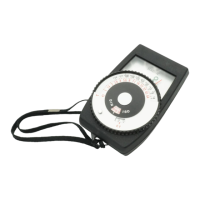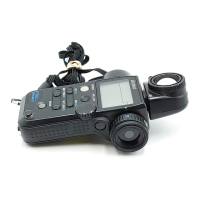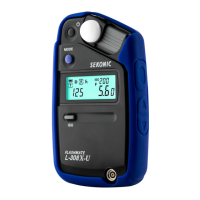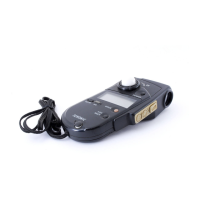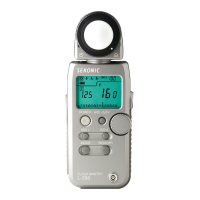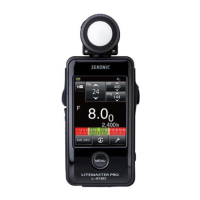LVS AND EVS
SCALES
This is shown by the
numbers within the
window marked "E. V."
and "L. V." EVS is
another name of LVS.
This scale is used if
your camera is fitted
with a special lens
which incorporates a
shutter for the light
value or exposure value
system.
After setting the dial to
the relative ASA or
DIN value, locate the
appropriate marker and
then read the L. V (or E.
V.) number from the
dial.
Now set this value on
the lens of your camera.
CONVENTIONAL FACTORS
These are the shutter speed and f/number (lens stop) that apply to an index setting. They are the series, I through
22 (f/numbers) and 1000 through 8. (shutter speeds). Unnumbered line next to 1000 represents 2000.
In the latter series the black figures 1,2,4,8,within white squares represent seconds; the remainder, fractions of
seconds. You use the sections of these two series that ore in juxtaposition to ascertain the shutter speed and lens
stop combinations.
It is for you to determine which combination is best for the subject. If you wish to stop action, you select a high
shutter speed. If on the other hoed, your subject has to be photographed to show considerable depth of field, you
select the suitable lens stop.
To give you an example how this combination works, set the ASA speed of 100, center the red triangle (Closed)
over the red dot on disc, rotate the dial clockwise so that the chaser bar stops at the right end.
Note that for the highest shutter speed, 1/2000 th sec., the lens stop is f/1.
All the combinations down to f/22 will permit the some amount of light to foil on the film.

